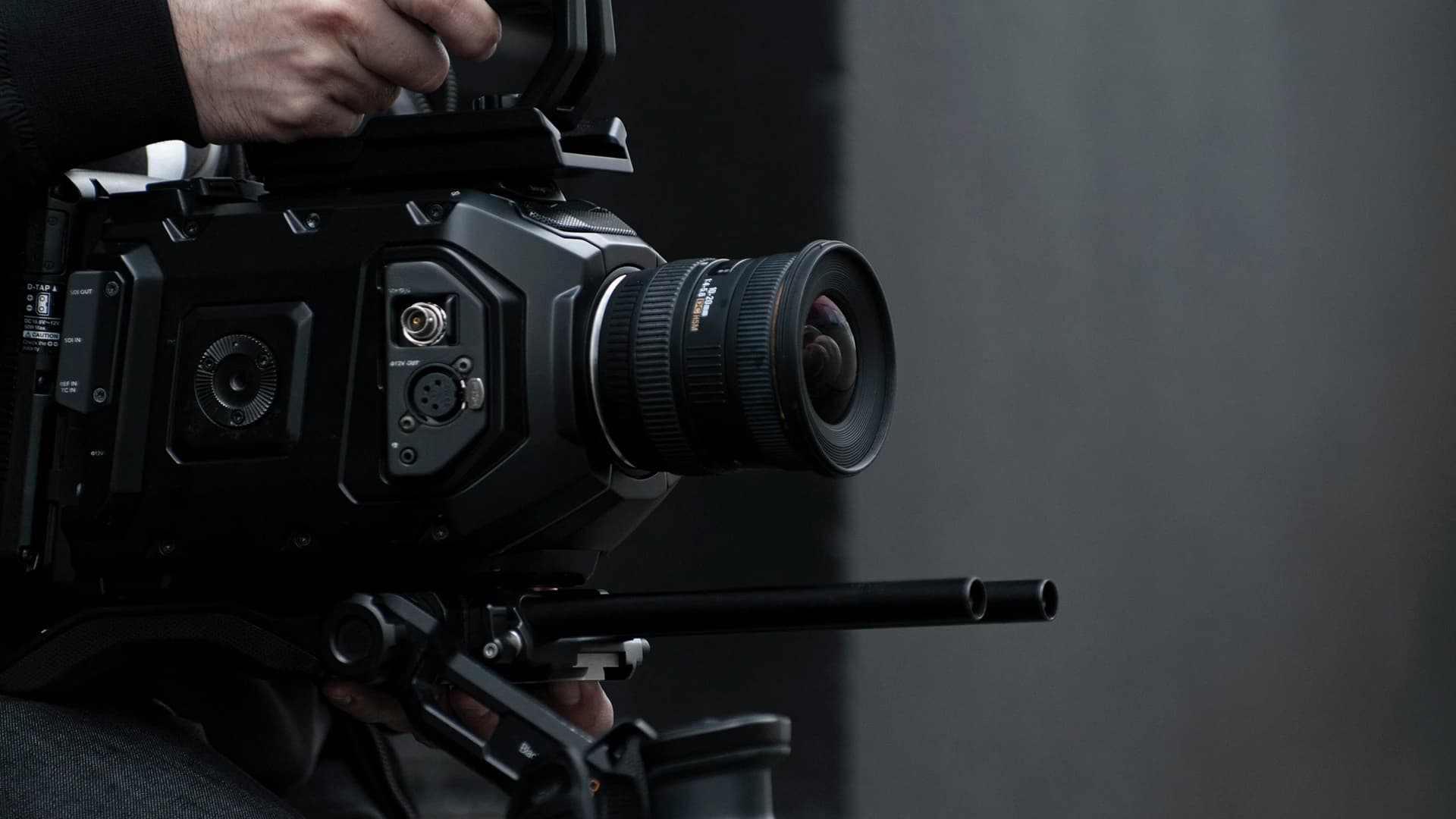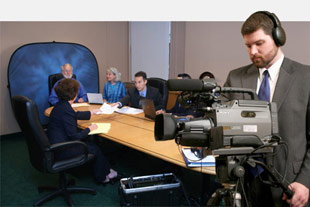Legal Videography: A Critical Asset for Effective Trial Presentations
Legal Videography: A Critical Asset for Effective Trial Presentations
Blog Article
The Importance of Legal Videography in Modern Legal Proceedings
In contemporary legal setups, the integration of lawful videography has actually ended up being progressively considerable, serving as an important device in the paperwork and presentation of proof. As the legal landscape progresses with technical improvements, the effects of premium videography extend past simple documentation, increasing crucial concerns concerning its effect on judicial outcomes and the total honesty of the lawful procedure.
Meaning of Lawful Videography
Legal videography describes the specialized practice of recording audio and visual material for usage in legal setups. This technique includes different kinds of recordings, including depositions, witness statements, and trial presentations, which serve to record essential aspects of lawful proceedings. The main goal is to develop a precise and reputable aesthetic document that can be used in court or for pre-trial prep work.
Lawful videographers are educated professionals who utilize sophisticated recording tools and techniques to make sure top notch video clip and audio capture. They are skilled in the legal requirements and needs governing the admissibility of video evidence, making their experience indispensable in the legal procedure.

Benefits in Lawful Process
The incorporation of lawful videography into modern-day lawful proceedings supplies various benefits that enhance both the effectiveness and efficiency of the judicial procedure. One key advantage is the exact and irreversible documents of courtroom process, which can be invaluable for allures and record-keeping. Unlike standard transcription approaches, video records non-verbal signs and the total context of testimonies, providing a richer, extra nuanced account of events.
Furthermore, legal videography can enhance the discussion of proof (legal videography). By aesthetically showing aspects of an instance, such as mishap reconstructions or professional evaluations, lawyers can share complicated details better, making it much easier for courts and juries to realize crucial points. This can bring about more informed decision-making and outcomes
In addition, legal videography advertises ease of access. Recorded depositions can be assessed remotely, allowing legal groups to prepare more completely without the restrictions of geographical constraints. This ease aids in instance preparation and strategy development.
Finally, the expert top quality of videography lends reputation to the process, enhancing the seriousness and importance of the lawful procedure. legal videography. In summary, lawful videography substantially contributes to an extra transparent, efficient, and impactful judicial system


Enhancing Witness Testimonies
Witness testaments play an important function in legal process, and making use of videography substantially boosts their impact and effectiveness. By capturing the subtleties of a witness's temperament, tone, and body movement, lawful videography provides an extensive understanding of the testimony that written records alone can not communicate. This aesthetic representation help in maintaining the witness's initial declarations, making certain that jurors and attorneys can perceive the testimony in its desired form.
Furthermore, videography permits an extra interesting presentation of proof, as jurors are typically much more responsive to audio-visual products compared to conventional paperwork. The ability to observe a witness's psychological state improves the credibility of their official source declarations, thus raising the persuasive power of their testimony. In addition, video recordings can be used for training and preparation, allowing lawyers and witnesses to examine and fine-tune their discussions.
In cases where witnesses may be unavailable for trial, videography ensures that their testimonies can still be presented, guarding the stability of their accounts. On the whole, the combination of videography in legal process significantly boosts the top quality and integrity of witness testimonies, fostering an extra informed and fair judicial procedure.
Impact on Court Comprehending
Recording witness testaments on video clip not just enhances their distribution but additionally significantly affects jury understanding of the instance. The aesthetic and acoustic elements of video clip recordings supply jurors with an extra immersive experience, allowing them to regard nuances in tone, body movement, and psychological expressions that could be shed in composed records. This multi-sensory involvement cultivates a much deeper link with the testament, assisting jurors in comprehending the intricacies of the instance.
Additionally, lawful videography can help clear up elaborate details and make certain that bottom lines are presented in a coherent manner. Jurors often value the opportunity to take another look at vital testaments throughout considerations, enhancing their comprehension of the evidence. The capacity to observe a witness's behavior can likewise impact their reliability analysis, as jurors might develop judgments based Full Report on aesthetic cues that reverberate with their perceptions of reliability and dependability.
In addition, making use of video clip can enhance the presentation of proof, making it more accessible and remarkable for jurors. In general, the tactical application of legal videography plays a pivotal role in boosting jury understanding, ultimately contributing to a fairer and a lot more enlightened legal procedure.
Future Trends in Legal Videography
Increasingly, attorneys are identifying the transformative capacity of emerging modern technologies in legal videography. As the lawful landscape progresses, the integration of synthetic knowledge (AI) and artificial intelligence is established to reinvent the way video clip evidence is caught, refined, and offered. AI algorithms can examine large amounts of video footage to recognize pertinent sections, enhancing efficiency and guaranteeing that important details is not neglected.
Furthermore, improvements in virtual reality (VIRTUAL REALITY) and increased reality (AR) are positioned to provide immersive experiences in courts. These technologies allow jurors to envision criminal offense scenes or understand complex situations in a more interesting fashion, possibly enhancing their understanding and retention of evidence.
The rise of cloud-based options also promotes the protected storage space and sharing of video clip proof, enabling seamless cooperation among legal groups. legal videography. As remote hearings come to be a lot more commonplace, high-quality lawful videography will play an essential duty in ensuring that remote testimonies are recorded accurately and presented effectively
Verdict
In final thought, legal videography acts as a crucial tool in modern lawful procedures, improving the precision and clearness of proof presentation. By capturing witness testaments in a visual layout, it assists in a deeper understanding for jurors and maintains crucial declarations for future reference. As technology proceeds to advance, the combination of top quality videography is expected to broaden, better solidifying its duty in advertising the stability read what he said and performance of the legal process.
Report this page